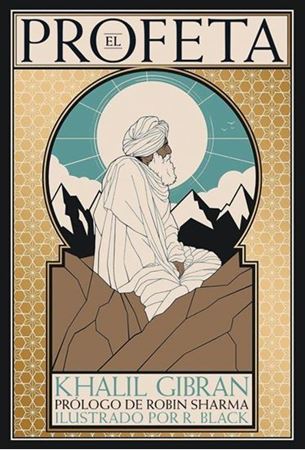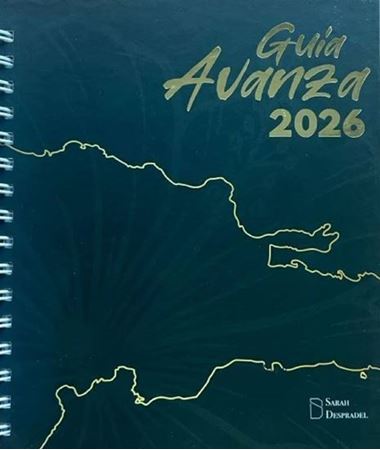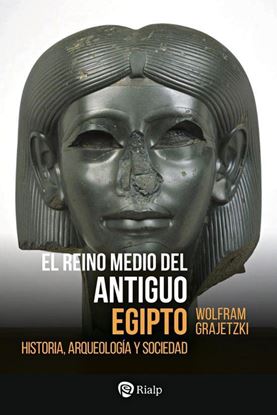

NOVEDADES
PRINCIPIOS UNIVERSALES DE TIPOGRAFIA
* 100 conceptos, teorías y reglas clave para elegir, combinar y utilizar la tipografía: un libro que lo equipará con todo lo que necesita para tomar las decisiones tipográficas más informadas en sus trabajos de diseño, sea cual sea el medio. * Profusamente ilustrado y de fácil comprensión, con explicaciones claras combinadas con ejemplos visuales, principios comprobados a lo largo de cientos de años de composición tipográfica y los últimos avances en tecnología de navegadores, fuentes web y fuentes variables. * El arte y la ciencia de la tipografía combinan ajustes sutiles en la longitud de las líneas con mezclas armoniosas de pesos y estilos, emparejamientos de tipografías seleccionados con esmero junto a un conjunto sólido de caracteres alternativos, y avances tecnológicos emocionantes con las realidades de las licencias tipográficas. Existen innumerables maneras en las que los diseñadores pueden mejorar la legibilidad de un texto e influir en cómo se entiende su mensaje; sin embargo, muchos diseñadores comunican mal sin siquiera darse cuenta. Información completa y autorizada junto a ejemplos didácticos e inspiradores en temas multidisciplinares para diseñadores, arquitectos, ingenieros, estudiantes y cualquiera que esté interesado en ampliar y enriquecer sus conocimientos en diseño.
2,350
1,880
PATTON. SOLDADO EN DOS GUERRAS MUNDIAL.
George S. Patton fue un líder militar excepcional y una figura polémica que revolucionó la guerra moderna. Su genio táctico y audacia fueron fundamentales para la victoria aliada en la Segunda Guerra Mundial, especialmente en el frente occidental. Desde su formación en West Point hasta su liderazgo en el III Ejército estadounidense, Patton dejó un legado de maniobras rápidas y eficaces, desde África hasta el corazón del Reich. El libro de Fernando del Castillo profundiza en su carrera, desde sus primeros combates en México hasta sus teorías sobre la guerra mecanizada, que implementó con gran éxito. Además de su faceta militar, se revela su personalidad compleja: participó en los Juegos Olímpicos de 1912, diseñó una espada adoptada por el ejército y fue poeta. Su carácter combinaba religiosidad con un lenguaje rudo, erudición con un estilo directo de mando, y una inquebrantable confianza en sí mismo, aunque también se enfrentaba a dudas internas. A través de documentos inéditos y su propio diario, el autor ofrece un retrato más completo y humano de Patton, diferente al de otros estudiosos anglosajones.
2,350
1,880
ALAS DE HIERRO (2) (TD) (CANTOS) (MX)
Todos esperaban que Violet Sorrengail muriera en su primer año en el Colegio de Guerra de Basgiath, incluso ella misma. Pero la Trilla fue solo el inicio de una serie de pruebas diseñadas para eliminar a los débiles, los indignos y los desafortunados.
Ahora comienza el verdadero entrenamiento, y Violet no sabe cómo logrará superarlo. No solo por su brutalidad y exigencia física, sino porque el nuevo vicecomandante está decidido a demostrar que Violet es débil... a menos que traicione al hombre que ama.
A pesar de tener un cuerpo más frágil que el de sus compañeros, la fuerza de Violet reside en su ingenio y su férrea voluntad. Además, los líderes parecen haber olvidado la lección más importante que Basgiath enseña: los jinetes de dragones crean sus propias reglas.
2,350
1,880
EL REINO MEDIO DEL ANTIGUO EGIPTO
Una exploración por el Reino Medio egipcio como una era dorada de arte, historia y literatura, destacando la fortaleza de la XII Dinastía y la admiración que despertó en autores griegos clásicos. Las investigaciones arqueológicas recientes revelan su esplendor y riqueza cultural.
2,350
1,880
EN DEFENSA DE ROMA
Europa surgió del conflicto, la vecindad y la mezcla entre Roma y los bárbaros, que dirigieron legiones, gobernaron territorios e incluso convirtieron a sus descendientes en emperadores. Esta obra se adentra en el estudio de algunos de esos bárbaros, que, lejos de combatir contra el imperio, lo hicieron por él y que lejos de querer destruirlo, lo salvaron durante años. Sus biografías son las de un mundo complejo, violento, cambiante y traicionero, así como el de una tierra de nadie que era un poco de todos.
Federico Romero, creador del portal Historia y Roma Antigua, desentierra la agitada historia de los últimos e inesperados defensores de Roma, una potencia atrapada en un círculo vicioso que le llevó hasta el suicidio.
2,350
1,880
MAPAS DE SENTIDOS
¿Por que personas de diferentes culturas y epocas han creado mitos e historias con estructuras parecidas? ¿Que nos dice esta similitud acerca de la mente, la moral y la configuración del mundo? En esta obra excepcional, el autor responde a la acuciante pregunta de por que somos capaces de hacer el mal (incluso en casos atroces como los de Auschwitz y el gulag), pero, a diferencia de la mayoría de psicólogos y filósofos, lo hace poniendose en el lugar del potencial verdugo en vez del de la víctima. Eso le lleva a la ciclópea tarea de describir "la arquitectura de la creencia" partiendo de un uso renovado del lenguaje y los conceptos clásicos, y apoyándose en unáamplio número de pensadores y obras que han reflexionado sobre la función de la mitología y el sentido de la moral.
2,400
1,920

























